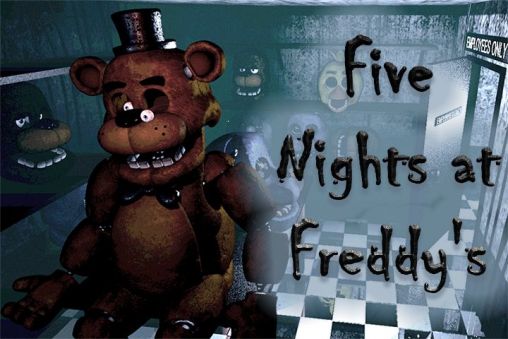
Five Nights at Freddy’s review
When Five Nights at Freddy’s first launched in 2014, it seemed to the world to be just another simple horror game with minimal effort. Simply put, it was regarded as a product that would not make a big splash in the wide gaming world, which at that time it was considered.
However, with the help of some popular YouTubers and a fast-paced succession of sequels, as well as just decent publicity, the franchise has achieved a level of brand awareness that most games could only dream of.
The plot of the game
It all started with the original Five Nights at Freddy’s, in which you take on the role of a new security guard working the night shift at Freddy Fazbear’s Pizza. Chuck E. Cheese-esque is famous for its collection of some animatronic animals that keep kids entertained during the day but take on a much more sinister side at night. The animatronics roam freely around the pizzeria, and if they happen to find a person in their wanderings, that person will be forcibly stuffed into the animatronic suit.
Each night lasts for a total of 6 in-game hours (just under ten real minutes), and your guard is almost defenseless against the monster robots roaming the halls. You can track their movements with cameras placed throughout the building. If one of them gets too close to one of the two guard booth entrances, a blast door can be used to close them.
The main problem is that the use of several protection options depends on a scarce and rapidly depleting energy source. If, for example, your panic causes you to leave those doors closed for too long, you run the risk of spending that last hour in total darkness and becoming completely defenseless against the approaching killer robots.

Peculiarities
There are several interesting moments in the game. Part of the “charm” of Five Nights at Freddy’s lies in how simple yet effective the gameplay is. Anyone can take control in a matter of seconds and it’s immediately clear how stressful the experience can be. The fear that arises when you check the camera and realize that one of the bots is missing is universal, and this constant all-encompassing fear that stems from your relative powerlessness is riveting.
When you inevitably get it wrong and one of the characters ends up in the office, the resulting jump scare acts as the perfect, terrifying culmination of all that tension. The simple gameplay and heavy reliance on the aforementioned jump scares mean that the premise has limited longevity, and once you get used to both, interest quickly wanes.
Five Nights at Freddy’s gets it right with a “less is more” approach. The lack of music leaves enough room for breathing to make the silence really seem very loud, while the ambient noises, footsteps and quiet laughter are sure to make you nervous.
Similarly, nothing much happens visually as you actually spend the entire game switching between a set of still images, but the environment design captures exactly how it conveys a creepy and abandoned place infested with killer machines.
